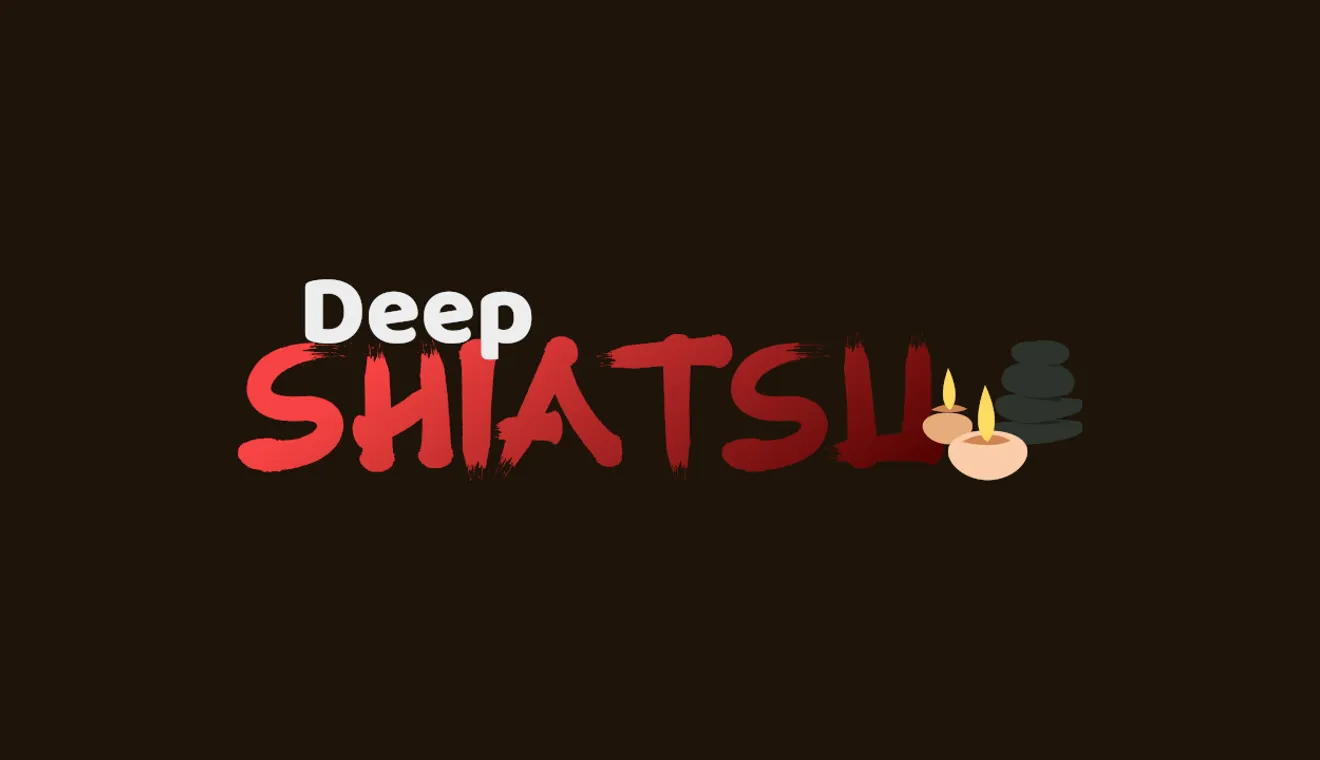
A lot of people assume that deep tissue massage is a sort of indulgence or luxury that is a preserve of the rich and the pampered. However, this could not be further from the truth.
A massage is a worthwhile investment in a person’s well-being, creative expression, productivity, and good health. In fact, a lot of studies have shown that a massage can help to reduce stress, muscle tension, and the symptoms of depression.
Furthermore, it has significantly less side effects than drugs and pills that are administered by healthcare professionals to treat stress-related ailments. However, in order to enjoy all the benefits and zero side effects of a deep tissue massage, it is important to work with qualified professionals.
A deep tissue massage targets connective tissues and deep muscles. It can significantly help to relive chronic pain and aches such as muscle tightness, stiff necks, and lower back pain. The following is an overview of everything that you need to know about deep tissue massages.
Techniques
There are quite a number of techniques that massage therapists can use in this type of massage. They include:
Active motion: This requires the cooperation of both the masseuse and the client. The client will stretch and flex the muscles while the masseuse is working on them. Flexing the muscles will spread the muscle fibers so that the massage therapist can work between them. Stretching the muscles will relax them and allow the massage therapist to work deeper on them.
Passive motion: This technique is very similar to the active motion technique. The only difference is that the masseuse will work alone. The massage therapist will use one hand to move the part of the body that they are working on, and the other hand to work on the muscle. It is very relaxing for the client, but significantly more taxing for the massage therapist.
Static pressure: In this technique, the masseuse uses their thumbs, their elbows and their finger tips to apply firm pressure on tissues in the body. They need to move very, very slowly in order to properly penetrate each muscle.
Muscle stripping: This could be either rapid or slow. In rapid muscle stripping, the massage therapist applies strong and firm pressure on particular muscles. It can be painful and aggressive, but it is very effective in healing chronic pain or injuries that did not heal properly. Slow muscle stripping involves using the thumbs and elbows to apply firm and deep pressure on the muscles.
Negative pressure: In this technique, the masseuse uses suction cups to expand the muscles and separate them so that toxins and lactic acid can flow easily as they are released.
Benefits
This type of massage has a lot of benefits for the client. Some of them include:
- It helps to relieve stress. This type of massage is ideal for people who suffer from different types of chronic stress and its side effects, including rigid shoulders, tension headaches, and tight muscles.
- This massage helps to rehabilitate and treat injured muscles. This is because it helps to flash out toxins from the muscles. It also helps to stretch any twisted or tight muscles. This is the reason why it is frequently used on athletes who wish to rehabilitate injured muscles.
- It can also help to break up scar tissue with time. This is because it helps to improve lymphatic drainage and circulation. This is why it is often recommended for people who have already recovered from a surgery.
- Since it helps to reduce tension and stress, it can significantly improve the client’s blood pressure.
- This massage promotes the production of serotonin in the body. This is a feel-good hormone that promotes the feeling of happiness in a person.
- In a variety of cases, this type of massage has significantly helped to relieve chronic pain better than conventional drugs. This is because it increases blood flow and reduces the inflammation that causes pain.
- It can be used to help a person who has postural problems. It can also help to reduce the pain caused by sciatica.
Side Effects
- There are certain techniques that can be quite painful, especially the rapid muscle stripping. There are people who have a few bruises after this massage.
- The negative pressure technique which uses suction cups can cause hickeys where it is applied.
- There is usually a risk of dislodging blood clots during this massage. Therefore, people who have blood clots and heart problems should consult with their doctor first.
- There are a lot of people who complain about soreness after the massage. However, the soreness usually reduces after some time. The client can use an ice pack to reduce the muscle soreness.
Conclusion
A lot of people prefer deep tissue massages because they are extremely effective in helping them to relax while reducing stress and chronic pain. It is important for a client to discuss the appropriate technique with their masseuse. They should also understand the benefits as well as the side effects of this type of massage, so that they can get the most out of the massage session.